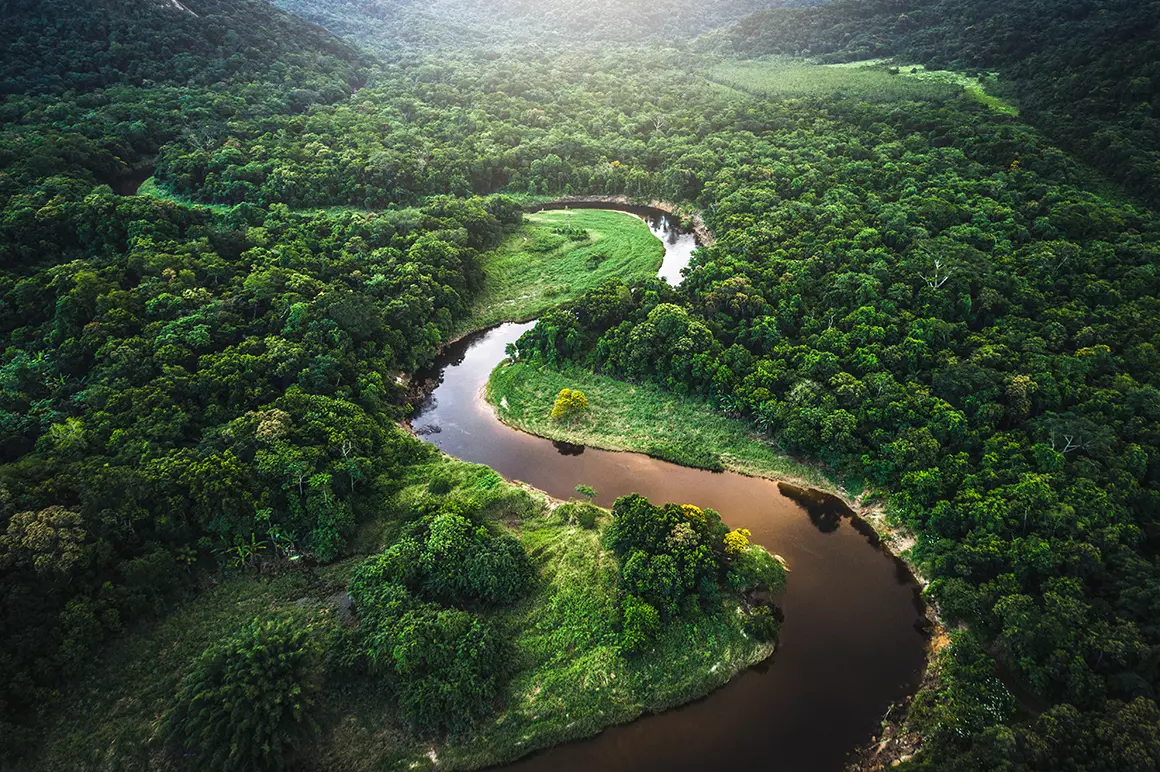This article originally appeared as part of the Bloomberg Green + HP partnership.
The recent wildfires in California are an urgent reminder of how endangered our forests are due to climate change.
“I live with my family in the Bay Area. We’ve seen the otherworldly skies and inhaled the wildfire smoke,” says Enrique Lores, CEO and President of HP. “We’ve watched, with heartbreak and outrage, as so many of our neighbors across the Western United States have lost their homes — and, in some cases, their lives — to these devastating fires.”
This devastation increases the urgency to protect the world’s forests, and then rebuild and replenish them. Fifteen billion trees are lost each year, while only around five billion are planted, resulting in a net loss of 10 billion trees annually. The simple act of planting trees is drawing new interest from businesses and nonprofits because every tree counts when it comes to capturing carbon dioxide.
In August, the World Economic Forum (WEF) and American Forests launched the United States chapter of 1t.org, the global initiative to plant one trillion new trees within the next 10 years, the UN’s Decade on Ecosystem Restoration. Dozens of American companies, cities, and nonprofit organizations have joined already, including HP, Mastercard, the cities of Dallas and Detroit, and the National Forest Foundation. Together they have pledged to support the 1t.org campaign to conserve and restore forests by growing more than 855 million trees in the US and abroad by 2030.
Most of the trees pledged will help restore American forests, and a significant number will be planted in American cities.
“It is great to have strong participation from cities because taking action to fix the dramatically inequitable distribution of trees in our cities can deliver real health benefits, especially in a changing climate,” says Jad Daley, president and CEO of American Forests, a conservation organization founded in 1875.
A movement “hiding in plain sight”
Scientific research increasingly points to tree planting, restoration, and conservation as an enormous opportunity for meaningful and immediate action on climate change — with important economic and social benefits. In addition to carbon capture, reforestation increases biodiversity and protects public water supplies, and planting trees in urban areas helps reduce environmental and health inequalities as well as temperatures during heat waves. Reforestation also creates jobs in a green recovery, for cities and rural areas alike, that will be critical as the United States and the world build back after COVID-19.





1?$square$&wid=360&hei=360&fmt=webp)

-2?$square$&wid=360&hei=360&fmt=webp)